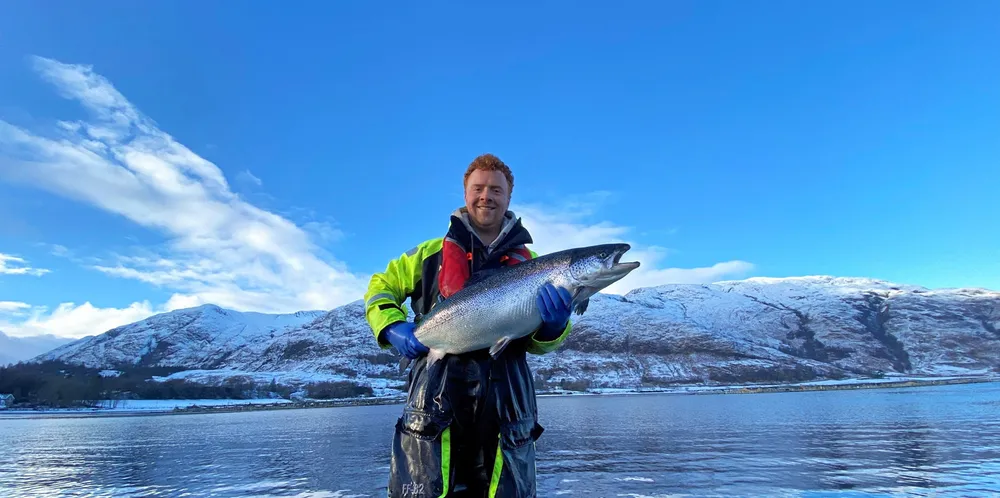Aquaculture Stewardship Council revises farmed salmon sea lice rules
The revised standard requires farms to monitor more sea lice species and to improve the consistency of data collection and analysis.

The revised standard requires farms to monitor more sea lice species and to improve the consistency of data collection and analysis.
